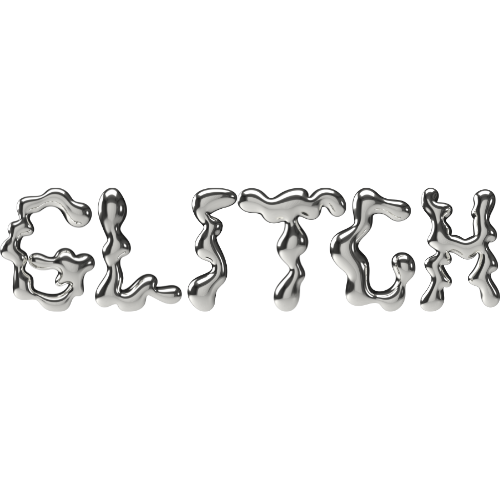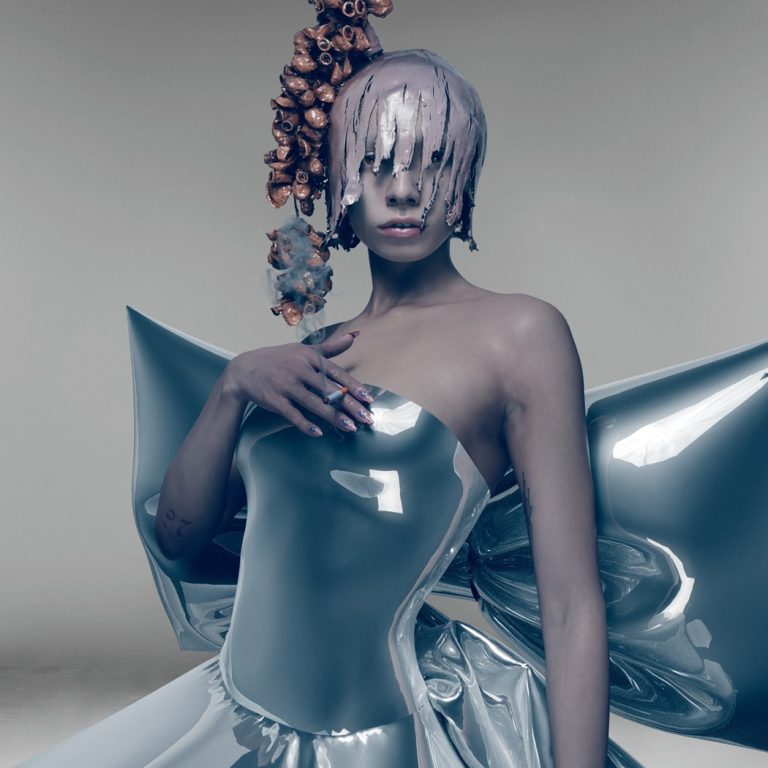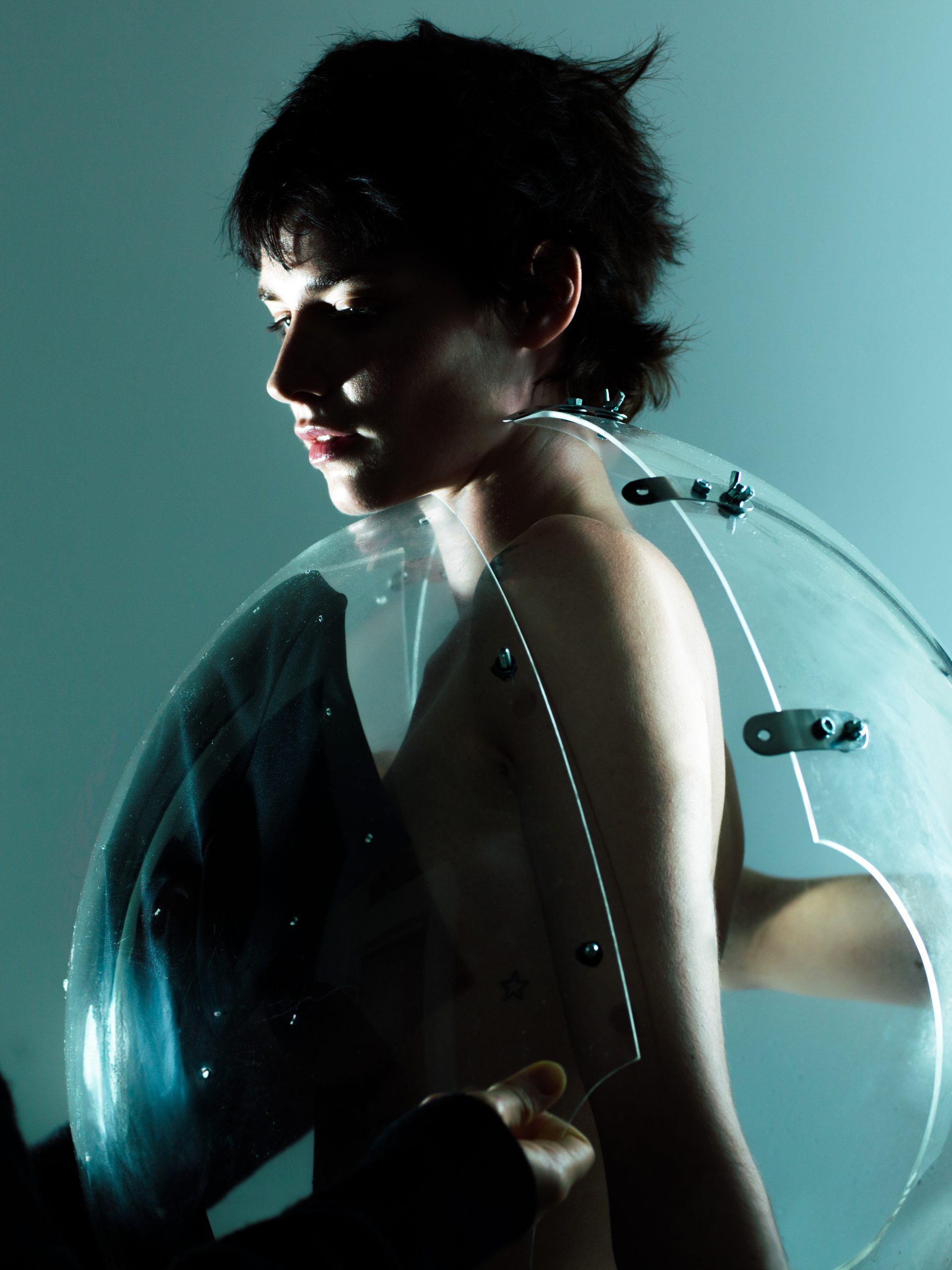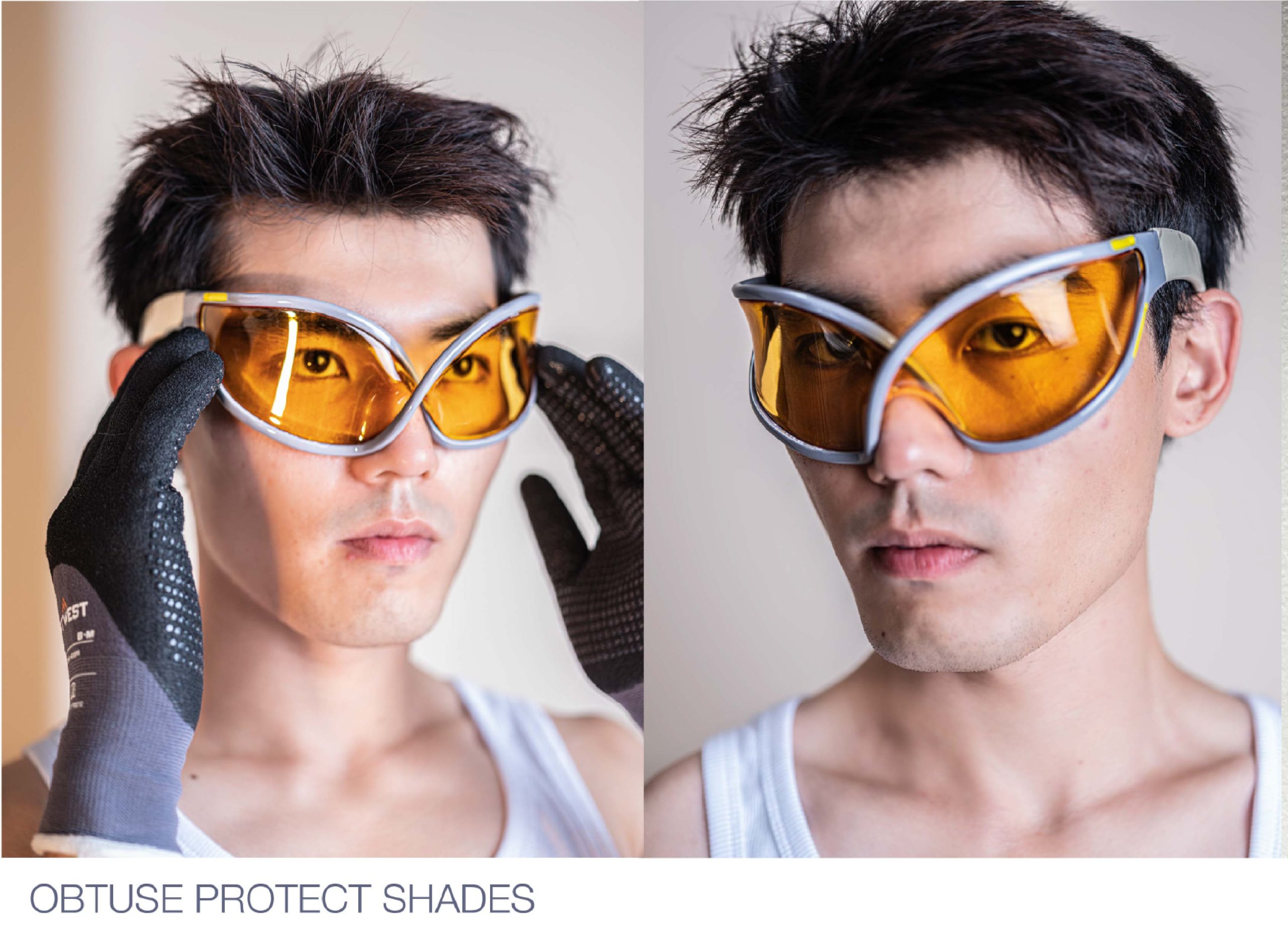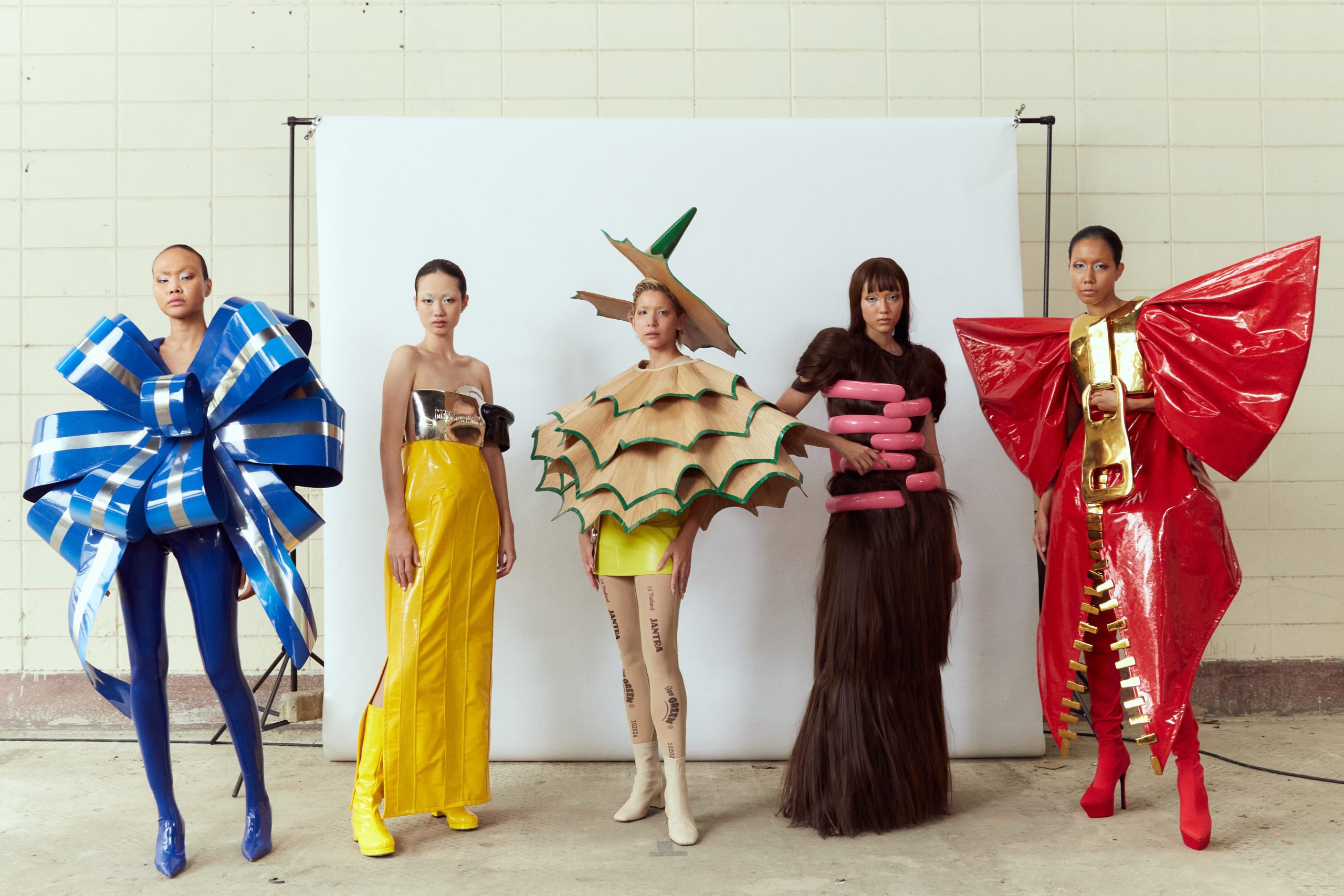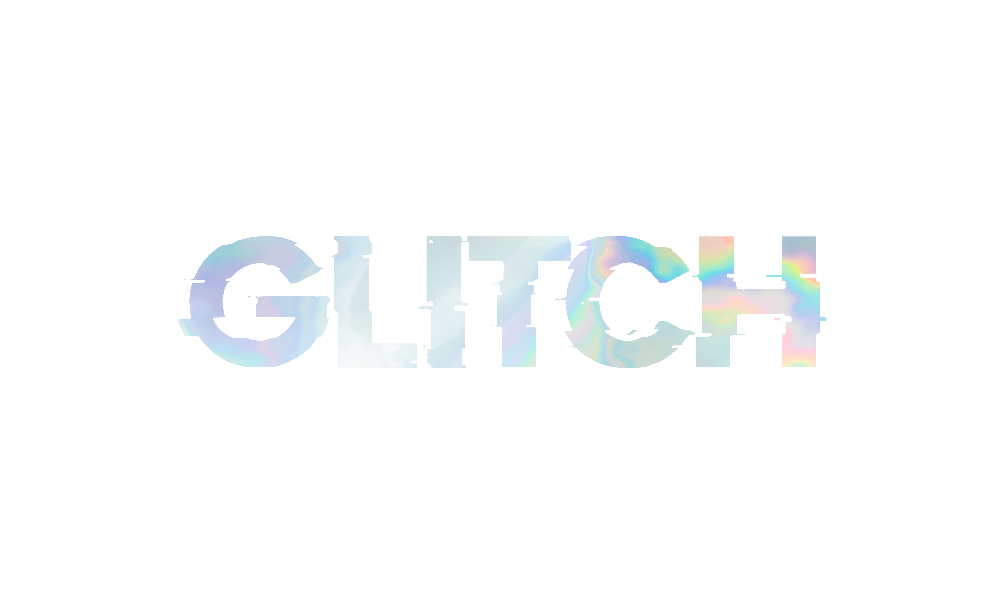Embedded within the fibers of our psychology is the desire to be a valuable part of a community. Fitting in and providing value is historically associated with feelings of belonging, comfort, support and safety and are therefore vital elements in maintaining a healthy mind. Before web 2.0 delivered a charming little parcel ‘social media’ to our fingertips, our sense of community was sourced from a much smaller circle. The minute we untied the bow that held that parcel together, we opened a modern day Pandora’s box. From that moment on, it was no longer just the community feeling we sought from immediate family and close friend groups, but, It was as if we’d unintentionally clicked ‘public’ on an event page that was intended to be private. Chasing a sense of community can be complex enough within our close circles, so what happens when that circle expands to the width of the globe?
The emergence of social media has caused a seismic shift in the development of our self-identities, and since appealing to every one of the now 4.9 billion social media users is impossible, we can’t help but find ourselves in the midst of a comparison spiral. Back in the stone age, comparison was a useful tool that allowed us to compare our traits with the traits of others in the tribe to determine where we could be of most use. Our community was our tribe and it was a seemingly straight-forward path to discovering our purpose and strengths within that tribe. All these years later, our brains are still wired this way which presents an omnipresent issue. The spiral of comparison is endless which stresses the very real danger facing us all. Countless studies have proven just how detrimental social media has been to our mental health, with one 2019 study by the American Psychological Association that found a staggering 71% increase in serious psychological distress in young adults from 2008 to 2017. It’s our human nature to want to put our best foot forward, thus spurring the vicious global trend of emanating the illusion of a perfect life online. It’s as if every area of life was placed under a microscope and everyone simultaneously scrambled to patch up any holes that could tarnish their image. If it wasn’t your financial status, it was your body type and if it wasn’t your body type, it was your follower count. Before our eyes, that ‘charming little parcel’ rapidly morphed into an ambush that few of us could escape unscathed. But like anything in life, where there is darkness, there is also light. Is that light emerging in the form of web 3.0?
As trends swept the digital world, the typical ‘beauty standard’ became more and more unreachable. Lifestyles grew more outrageous, body shapes were suddenly treated with the same disposability as fashion trends, and even the most miniscule facial features were scrutinized like never-before. Existing in the world was accompanied by the ever-present exigency of fitting the mold of the season. All of us are aware that societal beauty standards are nothing more than a fleeting trend, and by nature, will continuously change. So why do we keep fighting an unwinnable fight? It all comes full-circle back to how our brains are wired. We’ll do anything to fit in with our community, regardless of how illogical it seems. Remember how I spoke about the light nestled in the darkness? The light is starting to peek through the cracks in the form of web 3.0 developments. Of course, the best thing to do is turn our phones off, but with the internet being the unstoppable, influential force it is, we should learn to collectively alter the rule book in order to take some of that power back. As we edge closer and closer to this new chapter in the digital world, we’re met with a broadening of vision. We’re seeing a committed focus on inclusivity, diversity and uniqueness, and stepping away from negative ideals that have been embedded into our society.
For years, the mental health of social media consumers has been on the decline. A rise in violence, hate speech, mental illness and discrimination have been persistently tearing humanity apart. Social media quickly became an orchestra of grating voices. With no bounds, individuals and entire communities were under attack. Over time new boundaries have been implemented and armies of positive voices have echoed through our feeds but we’re still in dire need of drastic change. In terms of redirecting societal standards, Web 3.0 is a predominant piece of the puzzle. There will never be perfection, but there is and will continue to be positive progression. It’s now not so hard to find someone online that looks like you no matter your gender or race. There’s an abundance of users fighting for positive change and spreading messages that have the potential to save lives. With community being the central focus of the NFT space, initiatives like She256 (an all inclusive networking and educational platform that provides opportunities and support to underrepresented communities), World of Women (an initiative to drive an inclusive Web 3.0 specifically for female artists), and The Jomo Effect (a project that supports mental health causes, merging art and mindfulness to form a digital safe space) are paving the way towards a significantly less toxic digital future. There’s a global normalisation of embracing uniqueness and going against the grain. Platforms like Instagram are consistently working with AI to tackle the wide-spread issue of hate-speech and sensitive content. It’s now becoming easier to take control of your online experience in terms of what you see and how you interact with others. The metaverse is being described as one of the solutions to some of the mistakes made in web 2.0. The architecture of web 3.0 has been meticulously thought out to ensure the protection of its users. There will be the ability to create safe spaces for marginalized or vulnerable communities with exclusive access only, and advancements in the way content is filtered and distributed to users. It’s certain to come with faults and mishaps, but a few steps forward is better than backtracking, or better yet, remaining stagnant.
There’s an overarching trend here. The trend of belonging. Like it or not, we collectively have a responsibility to work with these massive platforms to create a safer, more inclusive online space. We have to remind ourselves and others of the power we possess over our online experience. Just as we tend to our well-being in the physical world, we must do the same in the digital space. Remove anything that makes you feel like you need to conform or alter facets of who you are. Choose to speak and act out of loving kindness and understand that if you have nothing nice to say, you have the choice to say nothing at all. Web 3.0 is well and truly present and is undoubtedly imperfect, but with each collaboration and innovation we edge closer to a safe, inclusive and optimistic future.
We’re witnessing the dawn of a new technological era. A chance to rewrite the narrative and begin fixing all the things that desperately need fixing.
Written by Ashley Jade Callahan from GLITCH Magazine
